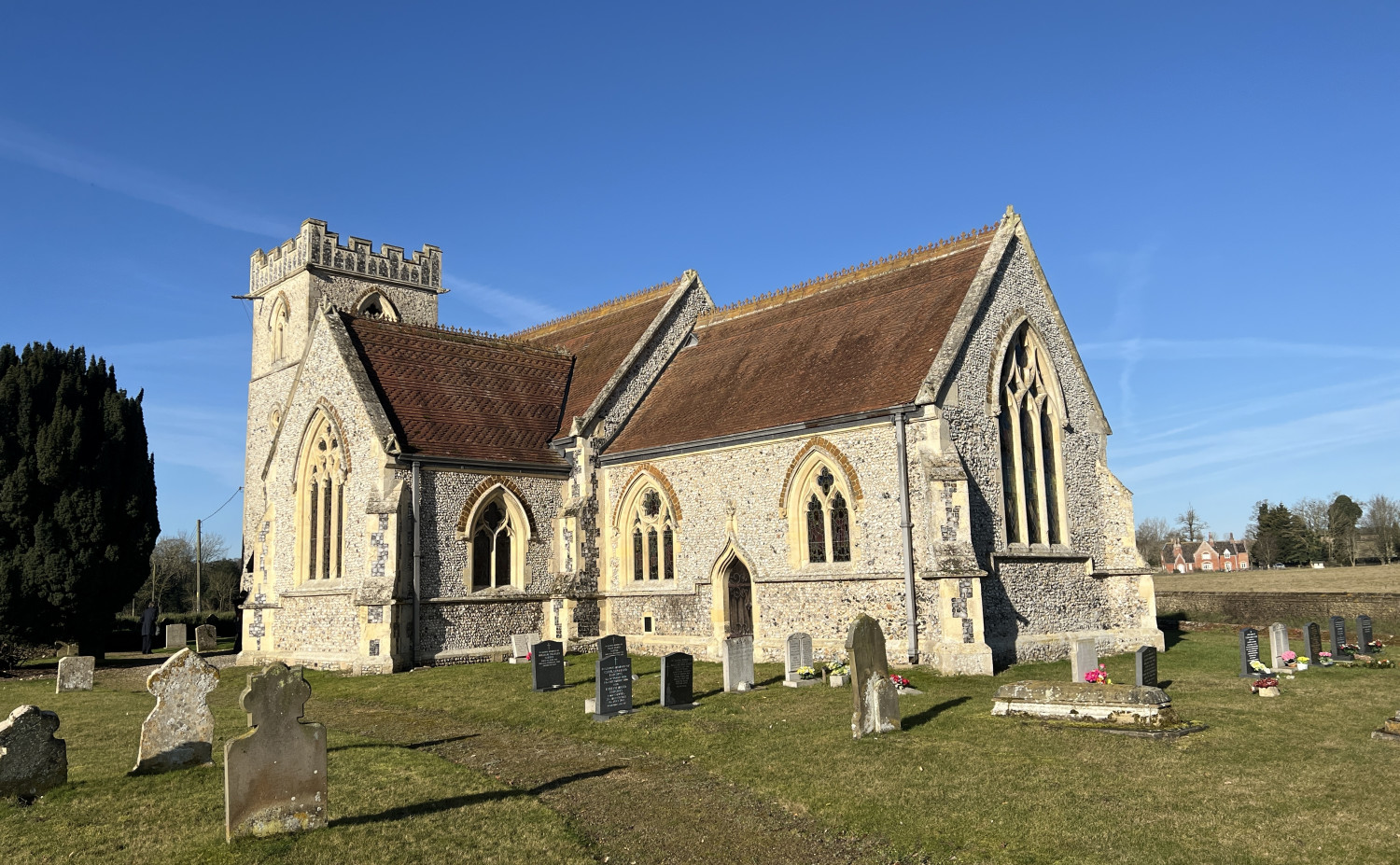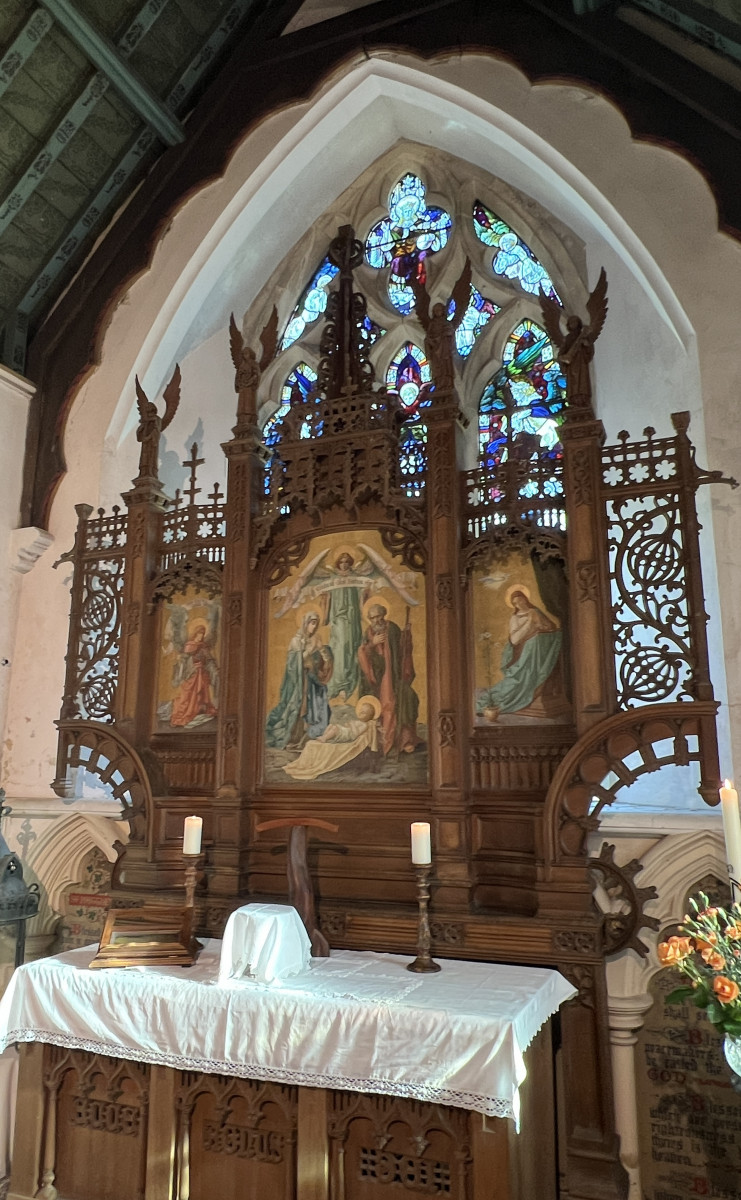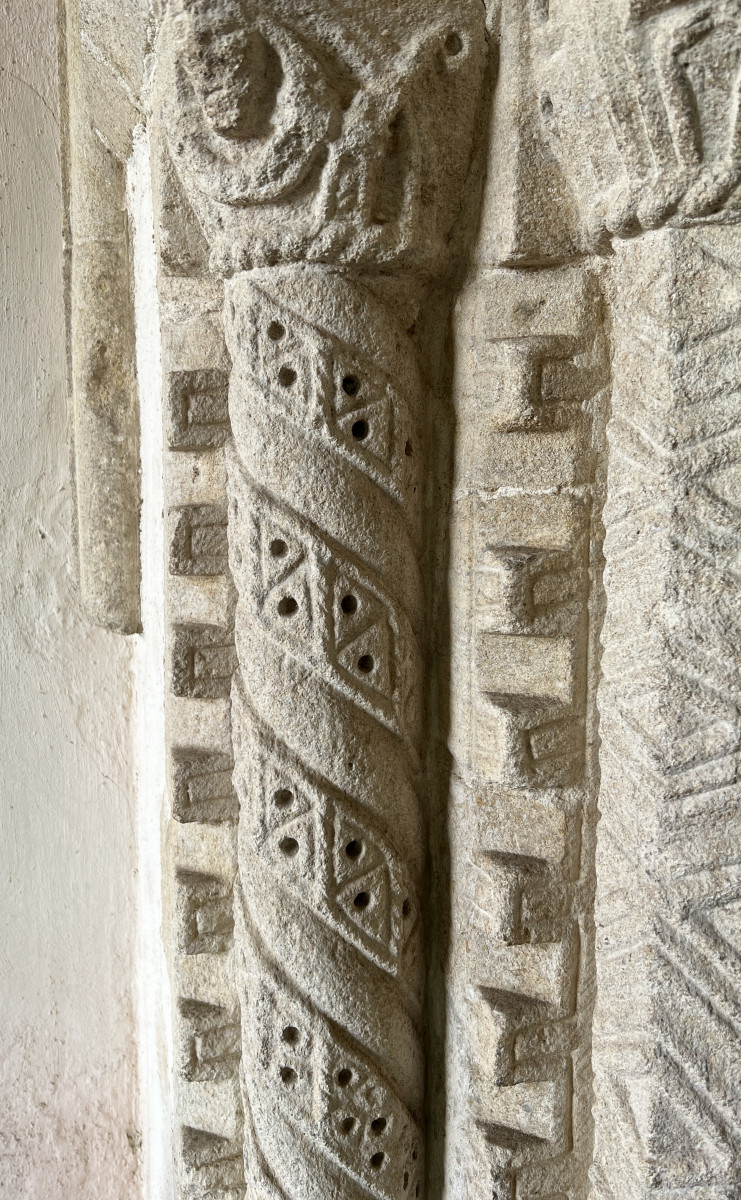
St Andrew's is situated in a very quiet rural setting within the small hamlet of Brettenham and within walking distance of Shadwell Park. The area is made up of farmland and green meadows which often have sheep and cattle grazing as well as an abundance of wildlife. Close by, the River Thet winds its way through to Thetford and beyond, giving an ebb and flow to the Breckland landscape. Seasonal colours add to the peaceful and picturesque setting together with the tranquillity of the countryside – a delight to visit when in the area.
The building is of national historic importance and is Listed Grade 1.
The Church is included in the benefice of Harling Guiltcross, which is part of the Diocese of Norwich. St Andrew’s was rededicated on Sunday 6th August 2017 by the Lord Bishop of Norwich, The Rt Revd Graham James, following a period of approximately 15 years of major refurbishment, roofing, electrical and other substantial repairs being carried out, during which the building was closed.

The Altar and East window with reredos, communion rail & stained - glass window
Much of the original Church was destroyed by a fire in 1693, and in Ladbrooke’s drawing of 1820 the chancel was still shown as a ruin. In 1852-53 the Dowager Lady Buxton, who at the time lived in Shadwell Park, engaged the well renowned and respected architect SS Teulon to rebuild the Church as well as carry out a great deal of work at Shadwell Park. Following this, further restoration also took place in 1903. SS Teulon introduced many features to the Church including the Carr-stone voussoirs around the window frames, and carved head stops of bishops in mitres at a time when no Anglican bishop wore a mitre.

The Norman doorway, which is sheltered by the porch, is a splendid example of the craftsmanship of the Norman period, and is the oldest part of the Church. The shafting has patterns cut on it and there is also a Mass-dial to the right of the doorway. Originally this would have been used as a sun dial to give the times of the services in Church. It can still be viewed today - (close to the notice board, if you are looking for it.) A great deal of work had to be carried out in the late 1990’s to restore the tower and it was noted that if this had not been done promptly the Church tower would probably have fallen and the Church would have become a ruin in later years. When the roof was fully restored, all replacement tiles were made by hand and the run of crosses across the roof were completely restored or replaced. This ensured that the original rebuilding drawings by architect SS Teulon could be followed, his external design work seen and admired. The set of 5 bells are some of the earliest by Taylors of Loughborough but sadly, at present, remain unable to be rung.